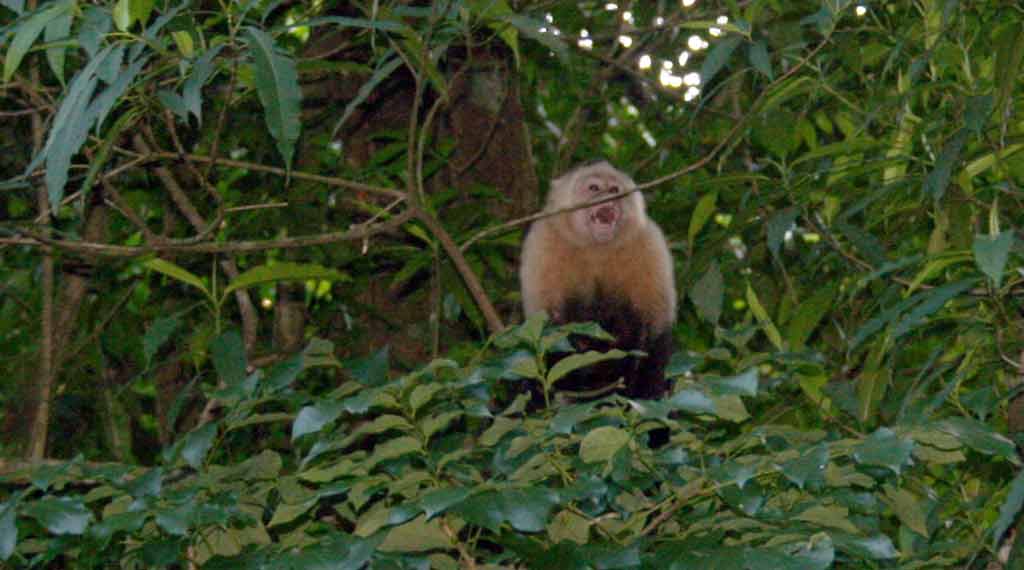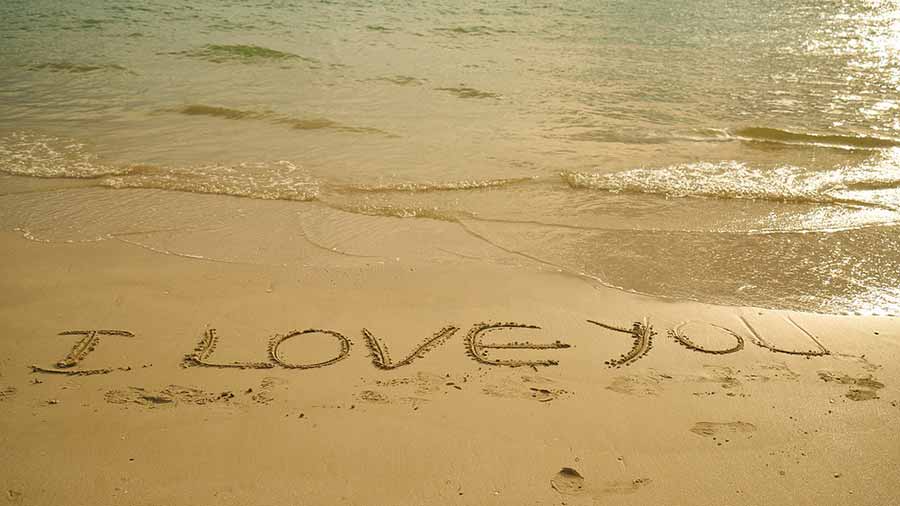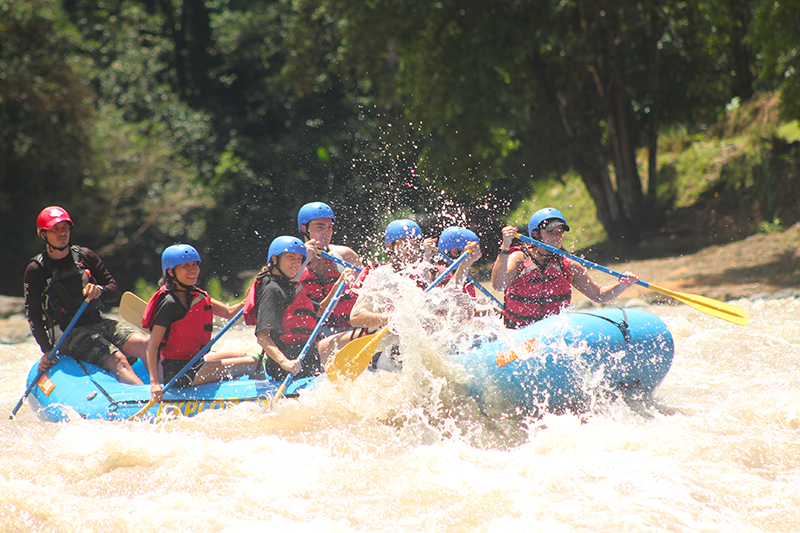In the Braulio Carrillo National Park
The national park consists largely of evergreen primary forest
There are thought to be over 6,000 different plant species here
The Braulio Carrillo National Park was founded on April 15, 1978 and, with 47,586 hectares, is the largest national park in the central region of Costa Rica and one of the capital's most important water reservoirs.
Due to strong fluctuations in altitude, you can experience a very varied flora in NP Braulio Carrillo.
The national park is inhabited by numerous rare rain and cloud forest inhabitants such as tapirs, jaguars, capuchins, howler monkeys and spider monkeys. Rare snakes, such as the particularly feared bushmaster, also occur here. 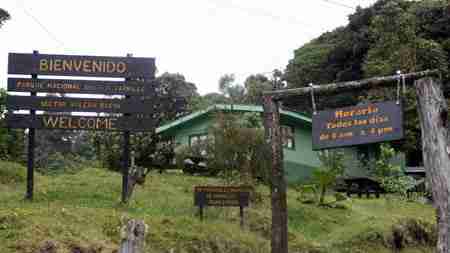 Of the over 350 bird species identified, the rare quetzal deserves special mention. It was once sacred to the Mayan people and is considered one of the most beautiful birds in the world with the bright red breast and long, colorful tail feathers of the males. You can also find the endemic tubercle Hokko .
Of the over 350 bird species identified, the rare quetzal deserves special mention. It was once sacred to the Mayan people and is considered one of the most beautiful birds in the world with the bright red breast and long, colorful tail feathers of the males. You can also find the endemic tubercle Hokko .
Inside the park are the main springs that feed the major rivers of the Central Valley: the Rio Corinto, the Rio Sucio, the Rio General, the Rio Hondura, the Rio Patria and the Rio Sucio. In the middle of this nature are the volcanoes Barva, Cacho Negro and Pico Zurquí.
The park extends from an altitude of 25 m above sea level up to 2906 m with temperatures of 2 - 24 C and an average rainfall of 2500 - 5800 mm.
Historical:
The park got its name from Braulio Carrillo, the third head of state of Costa Rica. He was President of Costa Rica from 1837-1842.
The railway line through the national park was inaugurated in 1891, and it was not until 1977 that construction of a road from San José to Guapiles began. A year later, the entire region was declared a national park to prevent the road from destroying nature. The concept worked well.
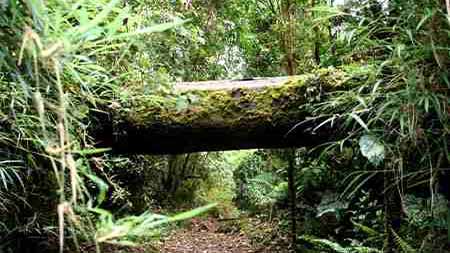 Access:
Access:
There are two entrances to the national park.
At Sector Quebrada González:
The access is on the main San José-Guapiles road number 32, two km east after crossing the Rio Sucio and is well signposted.
This is the more visited part of the national park. There are 2 hiking trails (sendero la Ceiba and sendero las Palmas), a ranger station where you have to pay an entrance fee of US$ 12, and sanitary facilities.
At the Barva Volcano Sector:
A very interesting part of the national park is from Heredia, accessible only with a 4*4 vehicle (or with a long, additional walk). This is the Sector Volcano Barva, a volcano that has been extinct for a long time, here too you pay the $12 entry fee.
At the foot of the 2906 m high peak is the Barva Lagoon, the crater lake with a diameter of 70 meters and a maximum depth of 8 m. The lake is usually covered in fog; This forest would also have made a prime filming location for Lord of the Rings .
Above the first viewing point, you can climb a hiking trail to admire the lagoon from above. Another crater lake can be reached in a relatively strenuous walk - the Laguna Copey.
Tip: At Braulio Carrillo National Park we highly recommend the Albergue el Socorro





